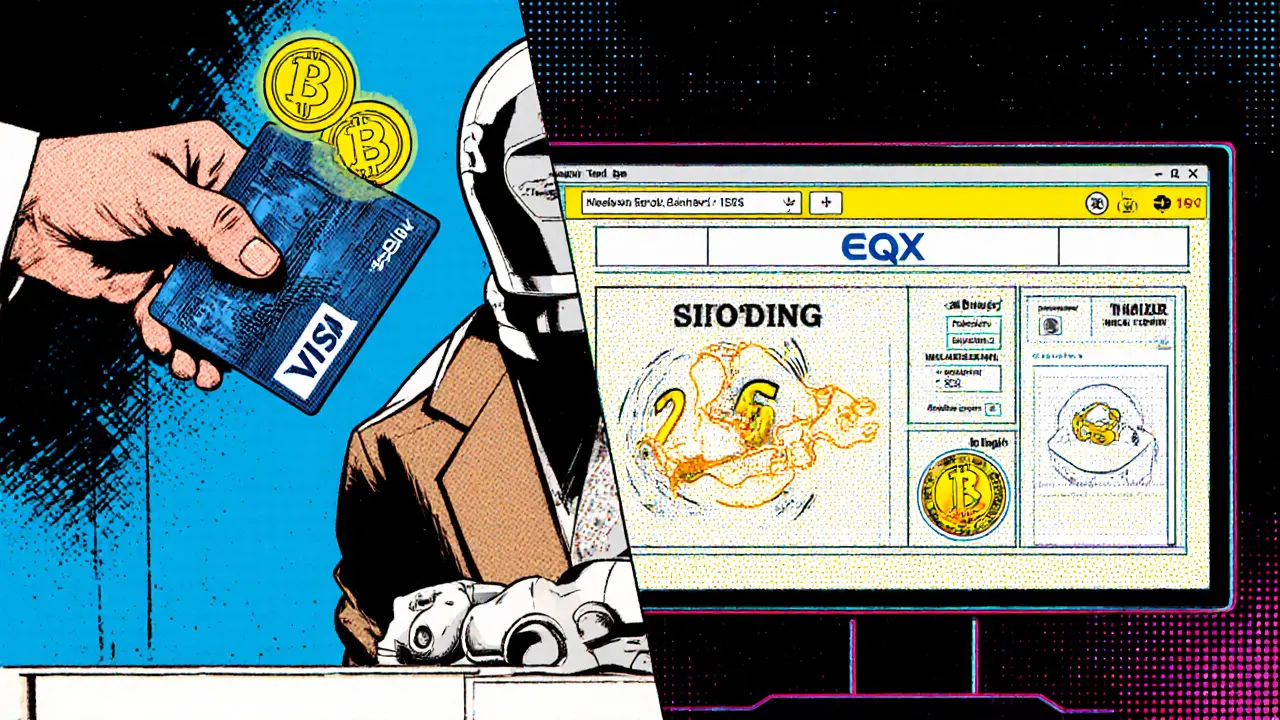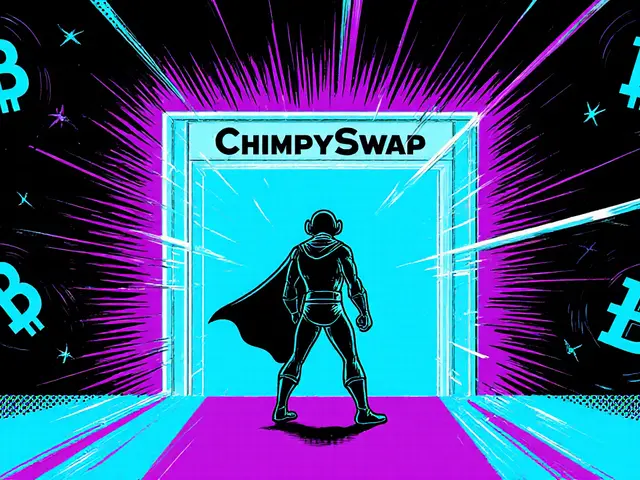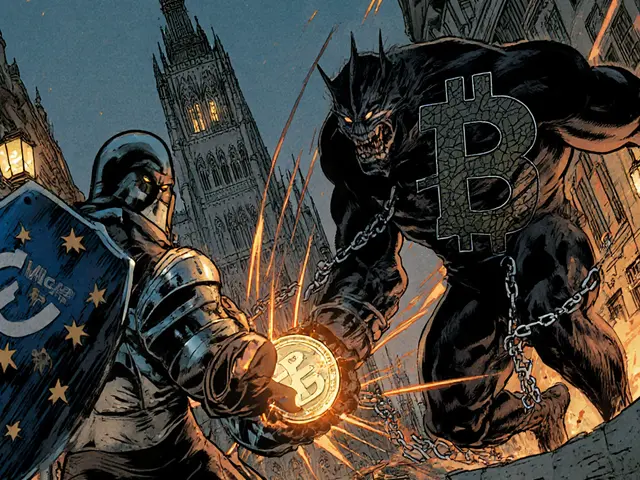EQIFI: What It Is and Why It Matters in DeFi and Crypto
When you hear EQIFI, a DeFi platform focused on crypto rewards and staking incentives. Also known as EQIFI Finance, it aims to simplify earning passive income from digital assets without needing to manage complex wallets or protocols. But here’s the real question: is it just another yield farm with flashy graphics, or does it actually solve a problem most users face?
EQIFI fits into a growing space where people want to earn from their crypto without trading or timing the market. It’s not a wallet, not an exchange, and not a blockchain itself. Instead, it’s a DeFi platform, a service layer that connects users to automated earning mechanisms — think of it like a middleman that handles the heavy lifting of staking, liquidity provision, and reward distribution. Many users get lost in the noise of hundreds of DeFi apps, but EQIFI tries to cut through that by bundling common rewards into one interface. It’s similar in intent to platforms like Yearn Finance or Beefy Finance, but with a sharper focus on simplicity and mobile access.
What makes EQIFI stand out — or raise red flags — depends on what’s behind the scenes. Most platforms like this rely on yield farming, the practice of locking crypto assets into smart contracts to earn interest or token rewards. But not all yield farms are built the same. Some use well-audited protocols. Others rely on volatile token emissions that vanish when the hype dies. EQIFI’s sustainability hinges on whether its rewards come from real protocol fees or just new token printing. And that’s where most users get burned. You don’t need to be a coder to spot the difference: if the reward rate is 50% APY and no one can explain where it’s coming from, it’s probably not real.
There’s also the question of blockchain rewards, the tokens or incentives distributed by protocols to users who participate in network activity. EQIFI claims to distribute rewards in multiple assets, but which chains does it support? Is it only on Ethereum? Or does it tap into BSC, Polygon, or Solana? The answer matters because cross-chain rewards mean more flexibility — but also more risk if the bridges or oracles fail. Most users don’t check this until they can’t withdraw. And that’s the pattern we’ve seen too many times: a clean interface, big promises, then silence when the tokens stop flowing.
What you’ll find in the posts below isn’t a marketing page. It’s a collection of real reviews, technical deep dives, and red flag alerts about platforms like EQIFI. Some of these posts look at similar services that promised big returns and disappeared. Others break down how reward structures actually work under the hood. There’s no fluff here — just what users have experienced, what data shows, and what you should watch for before putting your crypto anywhere. Whether you’re new to DeFi or have been staking for years, the patterns don’t change: if it sounds too good to be true, it usually is. But if it’s built right, it can actually work. Let’s see which side EQIFI lands on.






